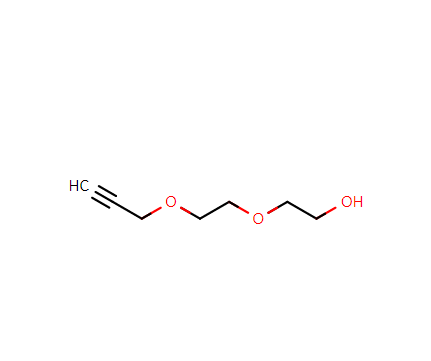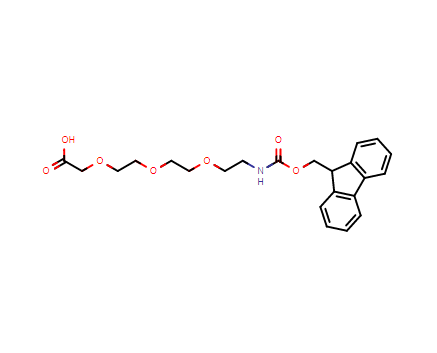In recent years, global drug sales trends show that biologics have started to take off, while small molecule drugs are declining, and there is an urgent need to introduce revolutionary new technologies for small molecule drug development. With the continuous development and improvement of
PROTAC technology, it has gone from unrecognized to highly sought-after, and has now gained the favor of many international pharmaceutical giants.
PROTAC Technology
Protein Degradation Targeted Chimeras (PROTAC) is a technology that can be said to have its roots in the Nobel Prize in Chemistry. The degradation or intervention of disease-causing proteins has become one of the most effective disease treatment strategies available.
Since the human genome was decoded, researchers have been trying to target the thousands of proteins that cause disease. It is estimated that only 10% of proteins can be regulated by small molecules, 10% of proteins that can be regulated by biomolecules are on the cell surface, and up to 80% of proteins cannot be regulated by existing drugs. Targeted protein degradation drugs seek to engineer small molecules into a new class of drugs, where traditional small molecules act by blocking the function of proteins, while targeted protein degradation agents act by delivering these proteins into the proteasome where they are completely degraded.
Research Progress
By the end of 2021, about a dozen PROTACs are in clinical development worldwide, and there are about 110 programs in preclinical development. In the whole development field, some R&D startups have gained the attention of global large pharmaceutical companies such as Roche, Sanofi, Merck Sharp & Dohme, Pfizer and Gilead, and are collaborating on protein degradation therapies; meanwhile, domestic companies are also actively involved in the development, showing a booming trend.
PROTAC Technical Advantages
PROTAC largely combines the advantages of small molecule compounds and small molecule nucleic acids. PROTAC theoretically requires only a catalytic amount of drug and can also selectively degrade different proteins expressed in the same gene after protein expression and modification, so there are certain theoretical advantages.
Disadvantages of PROTAC technology
These drugs are dual-target drugs, so their molecular weight, molecular rigidity, and water solubility are not ideal, so oral absorption and transmembrane properties are poor, and PROTAC molecules are usually very large, and PK is a major obstacle. Overall, PK remains a major barrier to drug formation for most small PROTAC molecules. Chemical synthesis is also much more difficult.
Off-target toxicity should also be one of the biggest concerns. PROTAC, as more thorough target protein degraders, may accidentally injure other off-target proteins. Even if it is a previously validated target, whether it will bring more serious toxicity in the future needs to be closely monitored in clinical trials.
CHEMENU, a provider of PROTAC-linker bioactivity assay solutions, offers you the most professional solutions to help you accelerate your PROTAC development.


